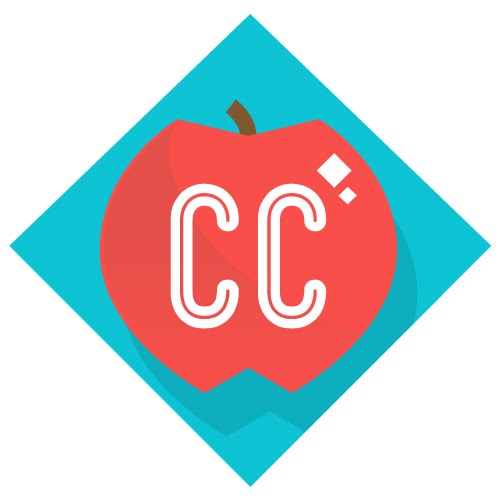2012-06-25
[public] 903K views, 13.4K likes, 211 dislikes audio only
Hank introduces us to the "simplest" of the animals, complexity-wise: beginning with sponges (whose very inclusion in the list as "animals" has been called into question because they are so simple) and finishing with the most complex molluscs, octopuses and squid. We differentiate them by the number of tissue layers they have, and by the complexity of those layers.
Table of Contents:
1) Porifera 1:33
2) Cnidaria 2:36
a) Diploblasts 2:48
3) Platyhelminthes 3:33
a) Triploblasts 3:56
b) Coelom 4:36
4) Biolography 5:36
5) Nematoda 7:26
6) Rotifera 7:57
7) Molusca 8:33
References:
http://www.ucmp.berkeley.edu/cnidaria/cnidaria.html http://www.slate.com/articles/health_and_science/science/2008/06/how_smart_is_the_octopus.html
http://en.wikipedia.org/wiki/File:Dicrocoelium_LifeCycle.gif
http://entnemdept.ufl.edu/creatures/nematode/soil_nematode.htm
http://soils.usda.gov/sqi/concepts/soil_biology/nematodes.html
http://www.eurekalert.org/pub_releases/2010-08/uoc--goa080410.php
http://www.ucmp.berkeley.edu/cambrian/cambrian.php
http://www.insidescience.org/news-service/1-2615
http://www.wormbook.org/chapters/www_genomevol/genomevol.pdf
http://www.esu.edu/~milewski/intro_biol_two/lab_9_porifera_cnidaria/Cnidaria.html
http://comenius.susqu.edu/biol/202/animals/protostomes/default.htm
Crash Course is on Patreon! You can support us directly by signing up at http://www.patreon.com/crashcourse
Want to find Crash Course elsewhere on the internet?
Facebook - http://www.facebook.com/YouTubeCrashCourse
Twitter - http://www.twitter.com/TheCrashCourse
Instagram - https://www.instagram.com/thecrashcourse/
CC Kids: http://www.youtube.com/crashcoursekids
http://www.patreon.com/crashcourse
http://www.patreon.com/crashcourse
/youtube/video/tIfsHPpkSPs?t=93
/youtube/video/tIfsHPpkSPs?t=156
/youtube/video/tIfsHPpkSPs?t=168
/youtube/video/tIfsHPpkSPs?t=213
/youtube/video/tIfsHPpkSPs?t=236
/youtube/video/tIfsHPpkSPs?t=276
/youtube/video/tIfsHPpkSPs?t=336
/youtube/video/tIfsHPpkSPs?t=446
/youtube/video/tIfsHPpkSPs?t=477
/youtube/video/tIfsHPpkSPs?t=513

